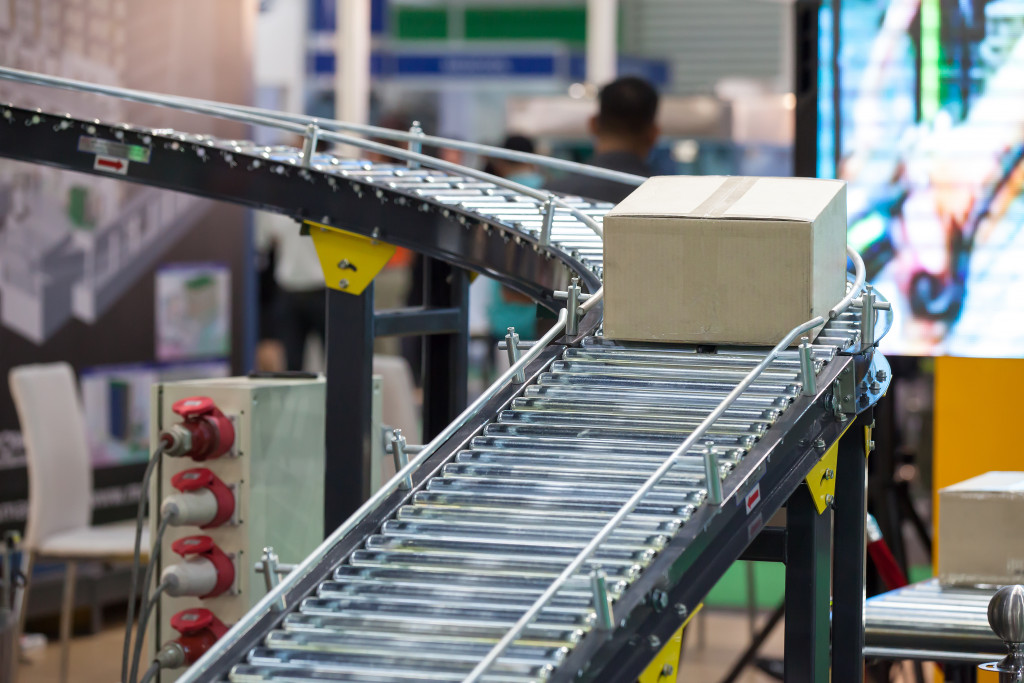To be competitive, industrial companies must adopt Industry 4.0 or the Industrial Internet of Things (IIOT) in smart factories. This essentially means the automation of manufacturing processes through the use of digital technology. According to PRNewswire, the size of the industrial control & factory automation market in 2021 is $133.1 billion. It is expected to grow to $197.8 billion in 2026.
The adoption of Industry 4.0 and IIOT provides the fastest means to increase efficiency and profits. Industrial automation greatly increases productivity without any loss of accuracy, quality, and uniformity. Conformity to specifications is ensured, and defect rates are greatly reduced if not eliminated. Production can be scaled up at higher speeds without the need for additional manpower.
This lowers labor costs and production costs, increasing the return on investment. Other tasks that can be automated include startup and shutdown operations, remote control of automated processes, remote monitoring of performance, setpoint computations, diagnostics, critical notifications, and reporting.
Areas of Growth for Industrial Automation
The need for the mass production of goods drives faster manufacturing with low to no downtime. There is also a need to maximize resources. These needs are met by industrial automation. Automated systems work at high speed with no human error. The machines can be programmed to detect anomalies and schedule predictive self-maintenance to avoid production disruptions.
The largest share of the industrial control & factory automation market for components is predicted to be taken by the industrial sensors sector because of the increasing popularity of wireless sensors. The largest share of the industrial control & factory automation market for solutions is predicted to be for the remote monitoring of facilities for equipment conditions and daily inventory in the oil and gas industry.
This will keep industrial workers safe from dangerous areas. The highest compound annual growth rate (CAGR) is predicted to be in the medical device industry because of its need for precision manufacturing. Automated manufacturing will reduce wastage and product recalls. Countries in the Asia-Pacific (APAC) are predicted to have the largest market size because of the United States and because of China and India, where the use of industrial automation is increasing.
How It Works

Industrial computers with MRAM or magnetoresistive random access memory run industrial automation. These are rugged computers that are fanless and without vents to prevent the entry of contaminants. They can run 24 hours a day for years and withstand extreme environments with high temperatures, vibrations, and shocks.
Information technology (IT) and operations technology (OT) are fused in industrial automation. The IIOT refers to the connectivity between data, machines, and people in the manufacturing process. This can be a larger ecosystem that encompasses the entire company, including finance, planning, supply chain management, production, inventory, marketing, and sales.
An Enterprise Resource Planning (ERP) system can manage information and business processes across the company. This will do continuous data collection and analysis in real-time and provide transparency throughout all parts of the manufacturing operation. Artificial intelligence (AI) and machine learning (ML) are used to self-learn and improve performance as time goes on.
Selling the Idea
On Forbes, IoT expert Eddie Gotherman writes that there is sometimes a clash between the IIOT team and the operations team. The operations team focuses on production deadlines. If the new technologies are not properly introduced with no proper training for users, this can lead to production delays. The production team can then show resistance against the technologies.
There may also be a misconception among workers in the operations team that industrial automation will take away their jobs. This is farthest from the truth. In fact, Industry 4.0 and IIOT benefit employees. They spare workers from doing tedious, heavy, or dangerous tasks that machines can do instead. Human workers must then be trained to do other jobs with the new technologies. This will open up new careers that will maximize human potential.
Communication between teams is very important. The human resources department must also actively engage in the process to bridge the gap between teams. The IT team must understand every part of the manufacturing process to ensure that programs are properly designed. The operations team must understand how automation will make their work easier. They must, however, be thoroughly trained for their part in using the new technologies.
In the end, industrial automation will greatly benefit the economy, especially now that it has been ravaged by the pandemic. Industry 4.0 and IIOT can help the U.S. economy recover at a faster rate. This will benefit each American.


